Explore the rising tensions between Pakistan and India as aerial confrontations intensify, impacting regional stability and international relations.
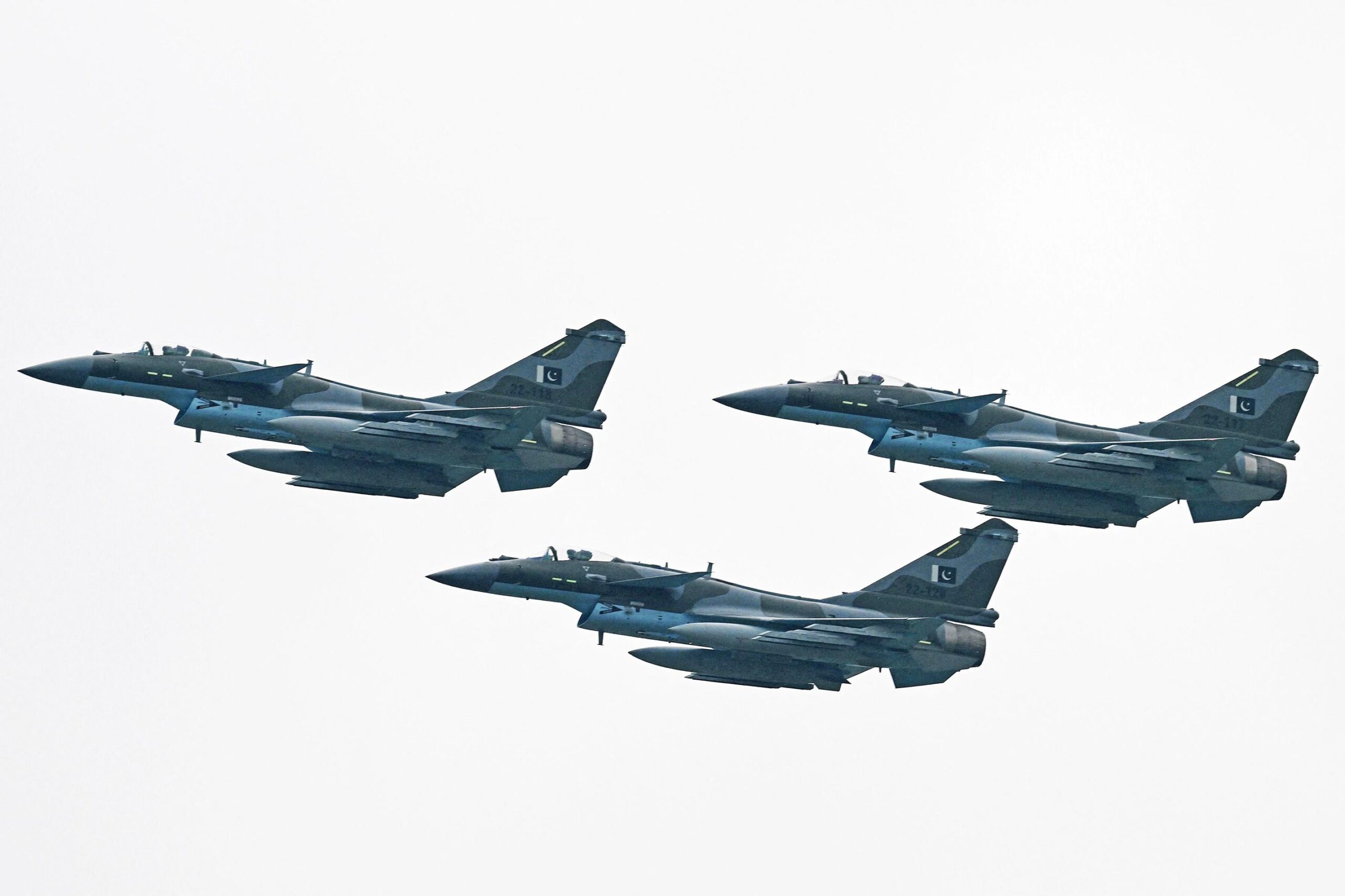

Since the end of April, tensions between Pakistan and India have been intensifying, culminating in a direct military confrontation. Pakistan has countered Indian air raids with claims of downing five Indian fighter jets, marking a significant escalation between these two nuclear-armed neighbors. The spotlight now falls on the air force capabilities of both nations, with Pakistan reportedly gaining an edge through Chinese military technology.

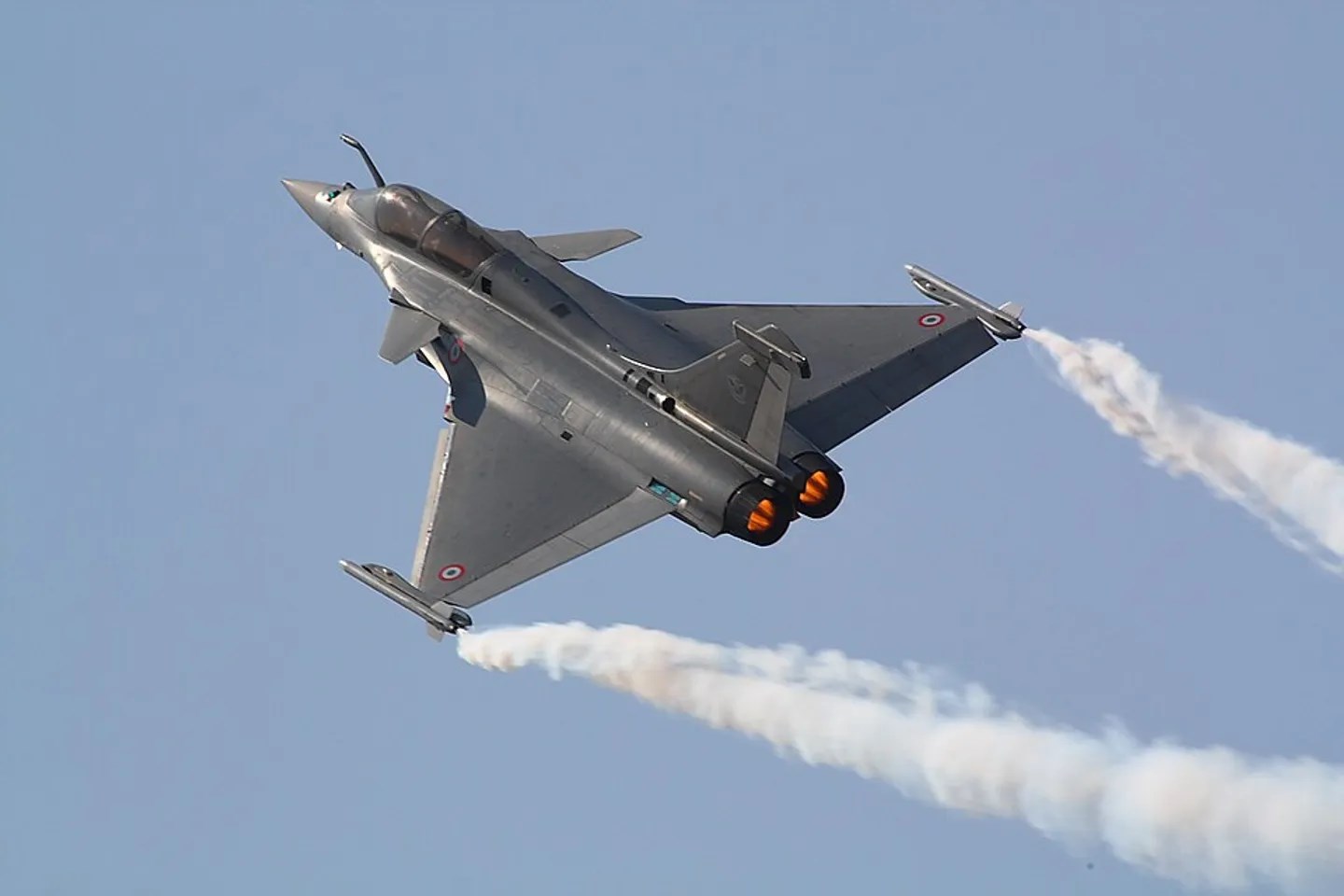

Reports have emerged that a Chinese J-10C fighter jet, operated by the Pakistan Air Force, successfully engaged an Indian Rafale jet using a long-range PL-15 missile. If confirmed, this incident would mark the first-ever combat loss of a Rafale and a notable success for China’s advanced air-to-air missile systems. This development followed Indian air strikes in Pakistan-controlled Kashmir and Punjab on May 6 as part of Operation Sindoor. In retaliation, Pakistan reportedly deployed a large number of fighter jets for defensive operations. According to sources within the Pakistani military’s Inter-Services Public Relations (ISPR), five Indian jets were downed, including three Rafales, with one notably targeted at high altitude by a J-10C using a PL-15 missile.
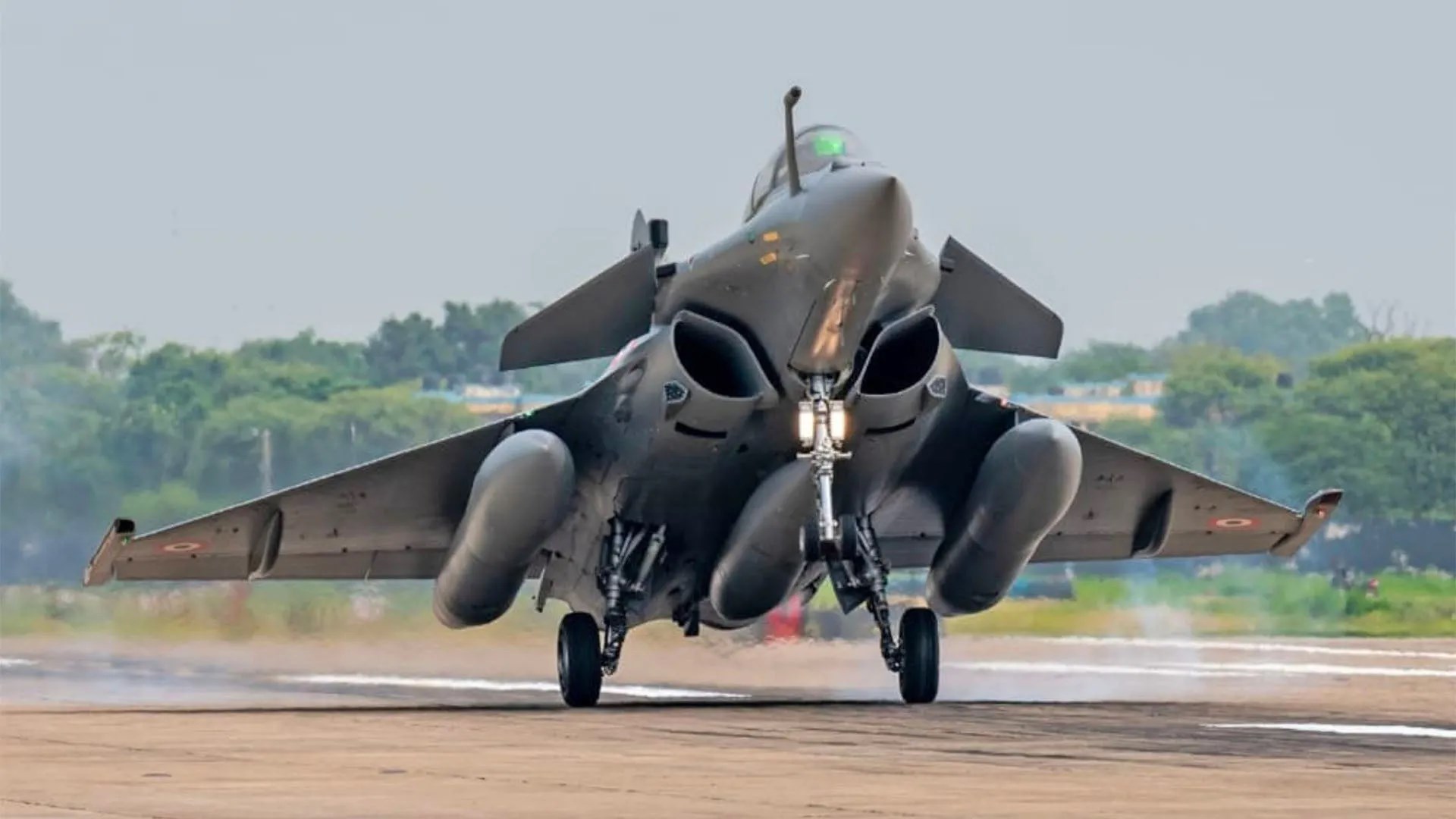

While the Indian Defense Ministry has dismissed these reports as unfounded and propagandistic, a French intelligence report cited by CNN suggests at least one Rafale may indeed have been lost. However, the exact platform responsible remains uncertain.
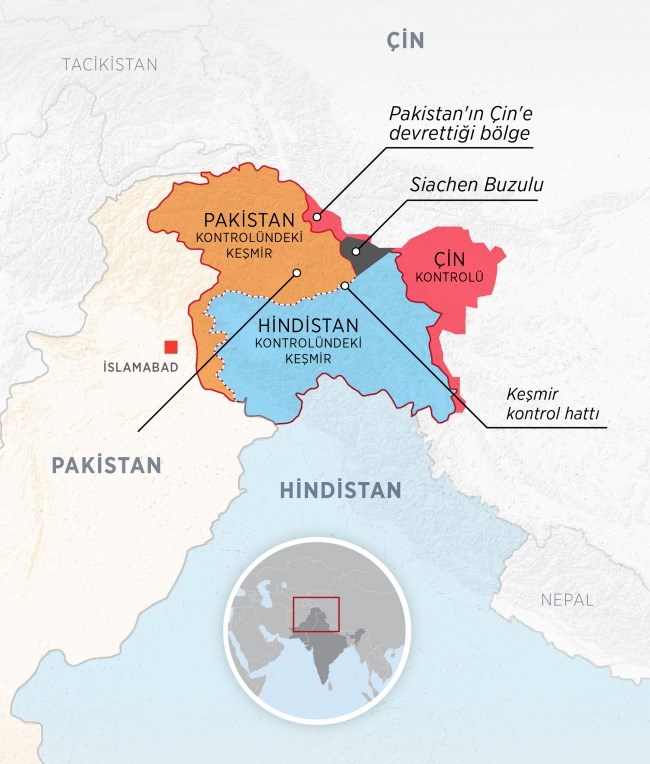
The Rafale and J-10C represent the pinnacle of 4.5 generation fighter technology in South Asia. The French-manufactured Rafale is renowned for its advanced radar systems, including the RBE2-AA AESA, and the SPECTRA electronic warfare suite. Its armament includes the Meteor missile, one of the most lethal BVR (Beyond Visual Range) weapons with a range of 150-200 kilometers and a 60 km no-escape zone. In contrast, the Chinese J-10C is optimized for radar-guided combat with its KLJ-7A AESA radar and the PL-15 missile, boasting a claimed range of 200-300 km.
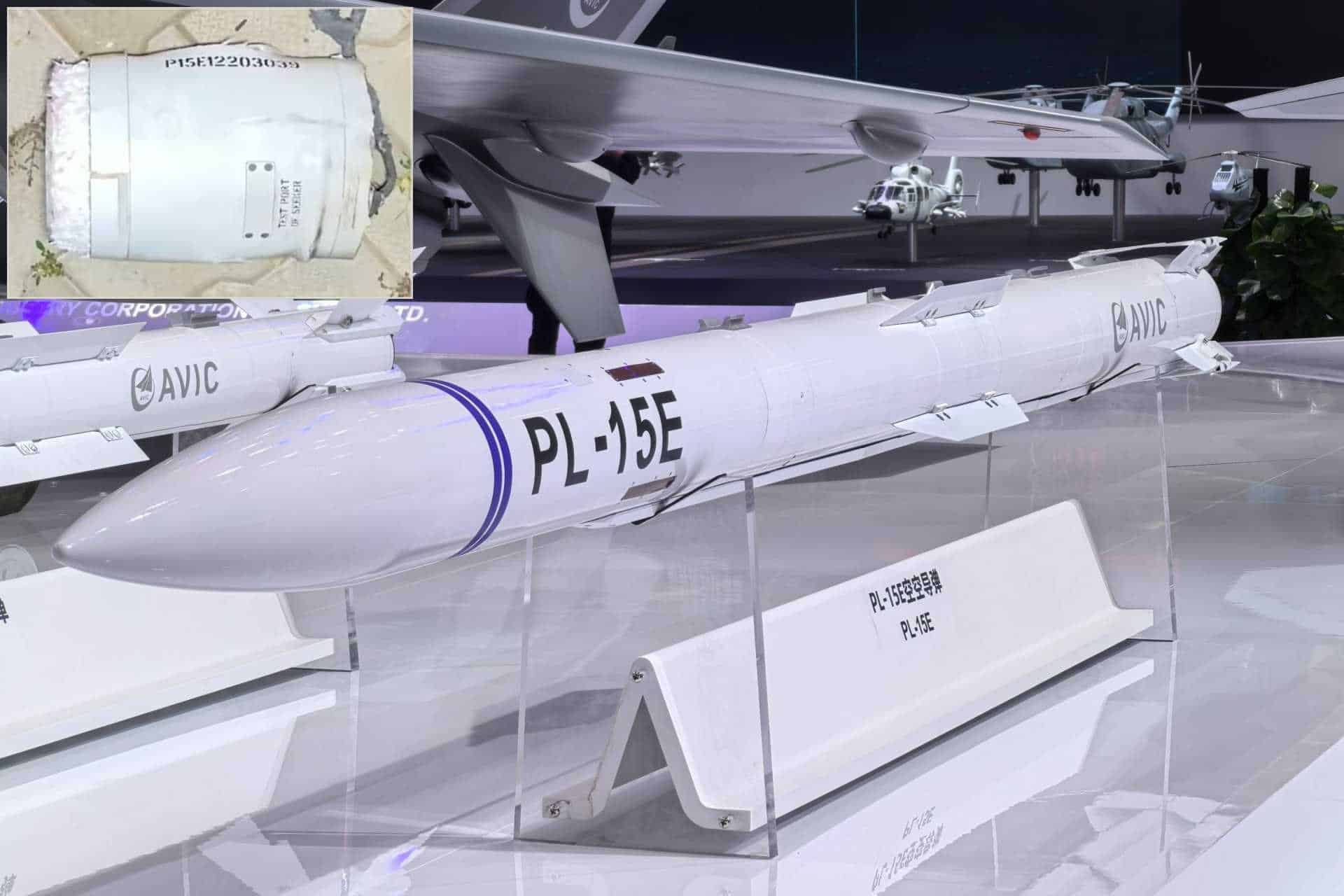
From a cost perspective, the Rafale’s unit price spans between $100-120 million, whereas the J-10C is priced at $45-50 million. Experts suggest that if the PL-15 successfully engaged a Rafale, it could signify a paradigm shift in aerial warfare, where radar range, electronic warfare capabilities, and missile technology outstrip traditional maneuverability as decisive factors.
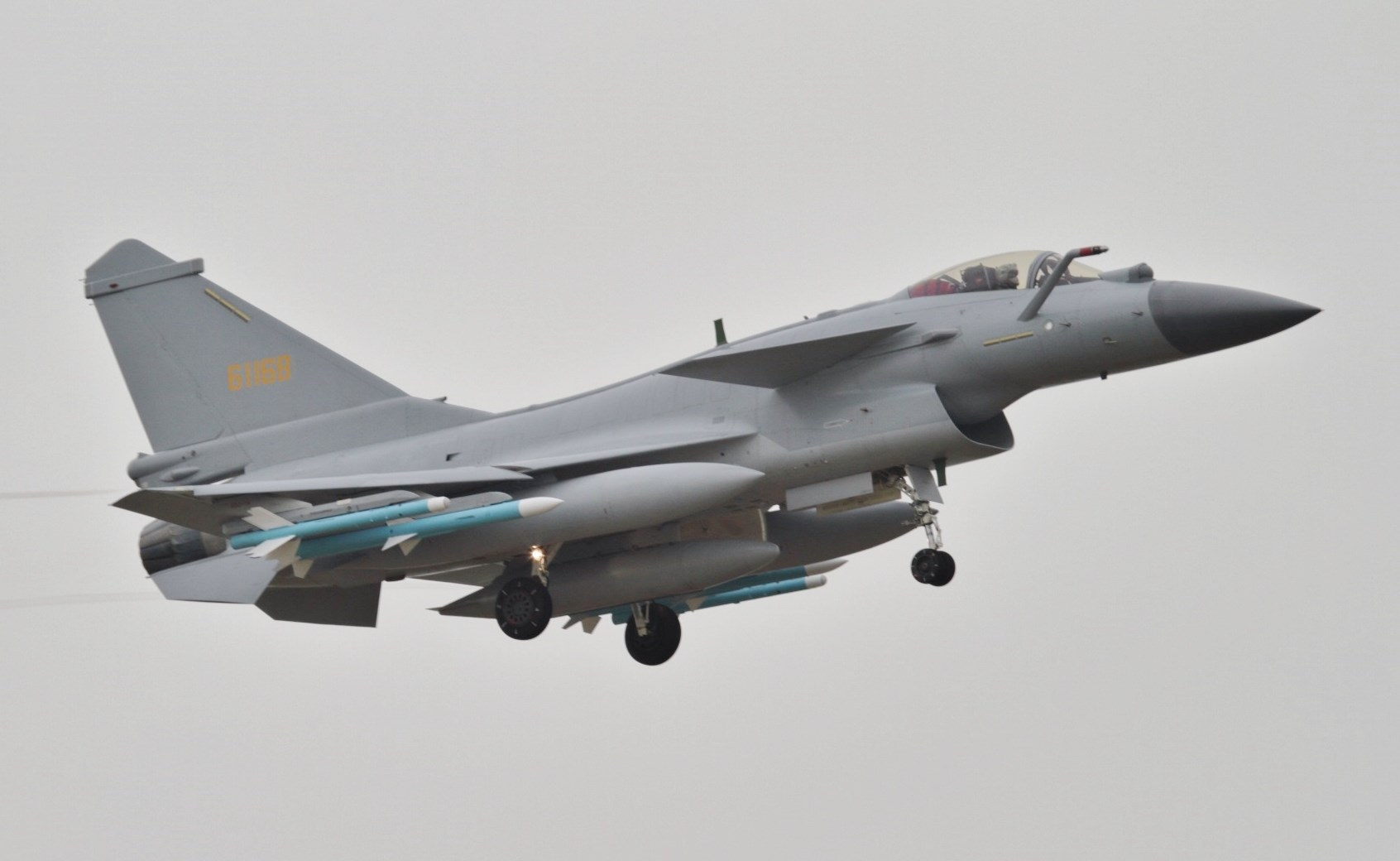
The Indian Air Force, with approximately 2,300 aircraft and 135,000 personnel, ranks as the fourth largest globally. It boasts a formidable fleet, including advanced fourth-generation fighters like the Su-30MKI, Rafale, MiG-29, and Mirage 2000, alongside the indigenous HAL Tejas. Nonetheless, the Indian fleet faces several critical gaps:
Conversely, the Pakistan Air Force, with around 1,434 aircraft and 70,000 personnel, may be smaller but is by no means less formidable. Pakistan has strategically enhanced its air defenses by integrating asymmetrical capabilities:
While the F-16s have consistently demonstrated their reliability in air superiority roles, newer platforms like the J-10C provide significant advantages in electronic and radar-guided engagements. However, similar to India, Pakistan lacks stealth aircraft and strategic bombing capabilities.



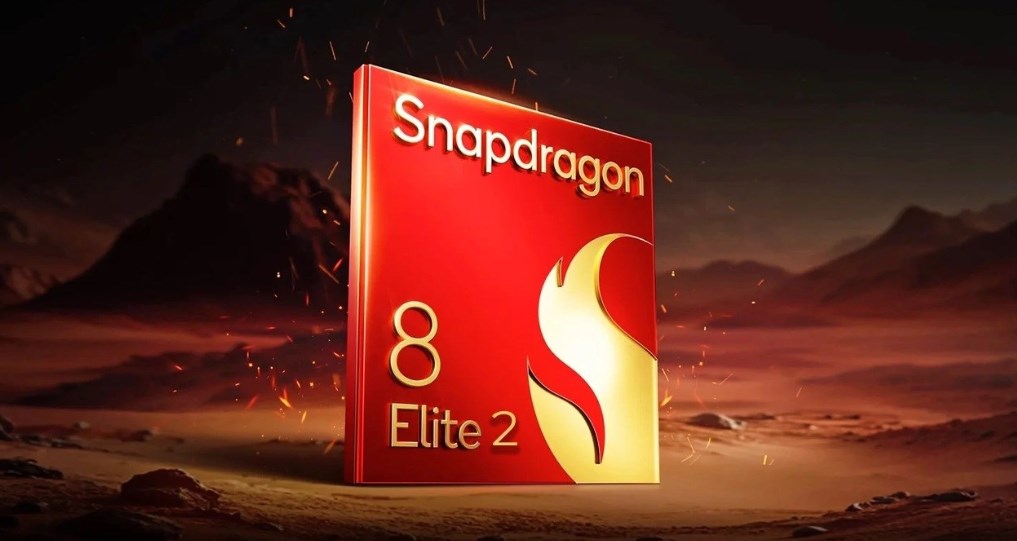

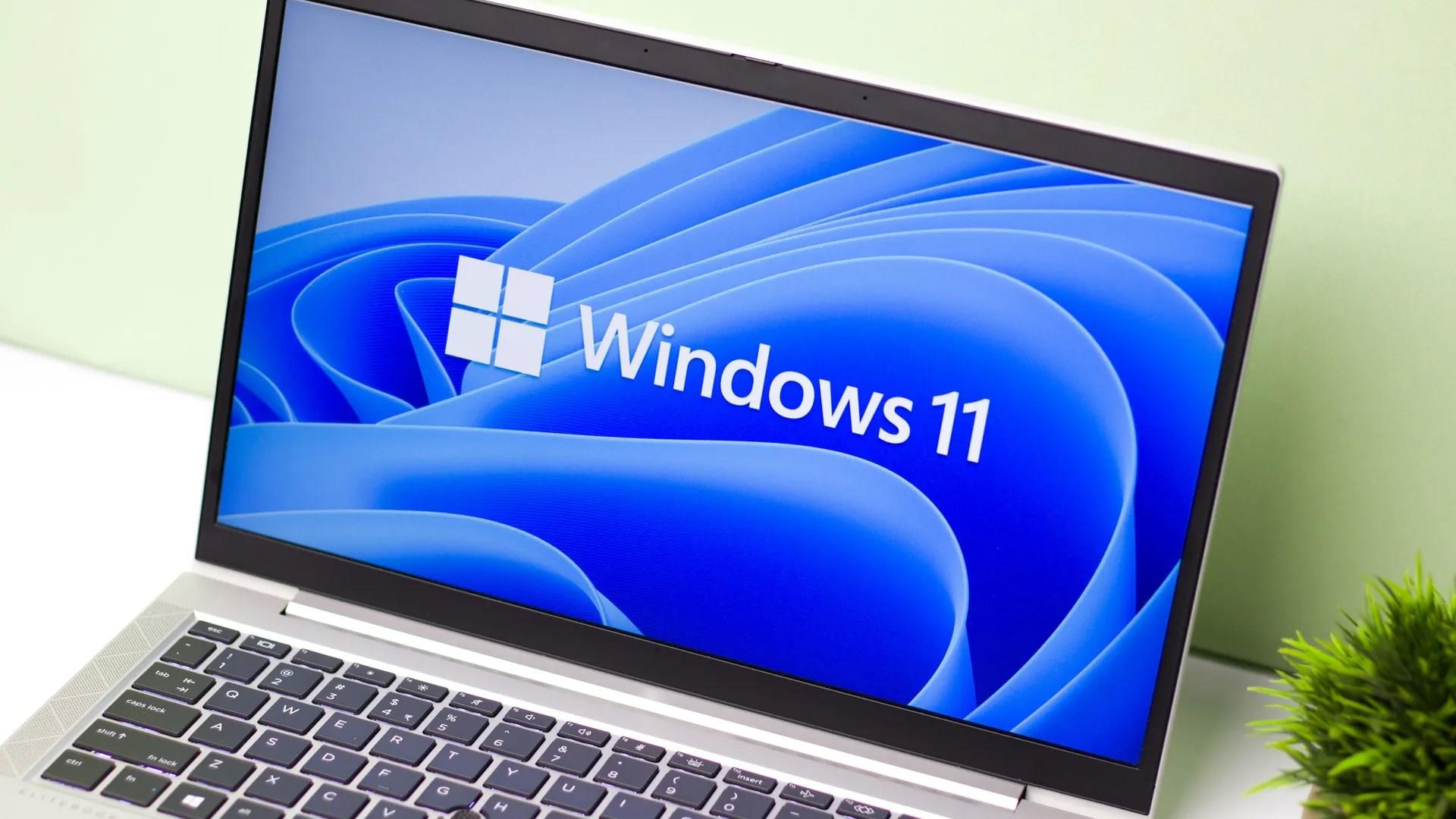

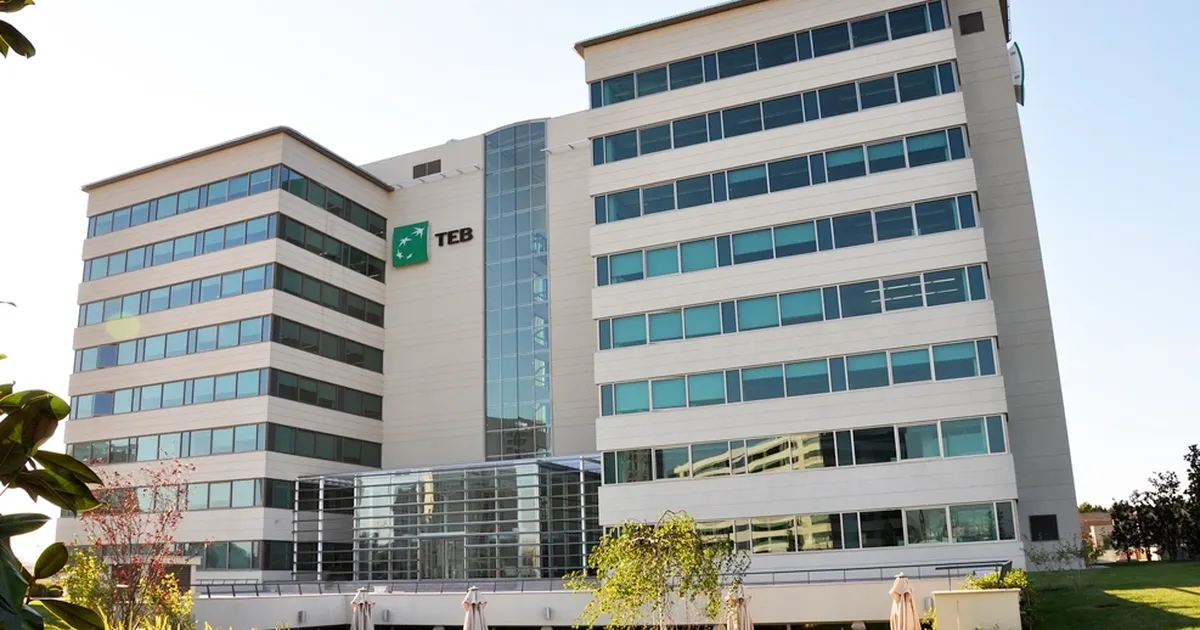
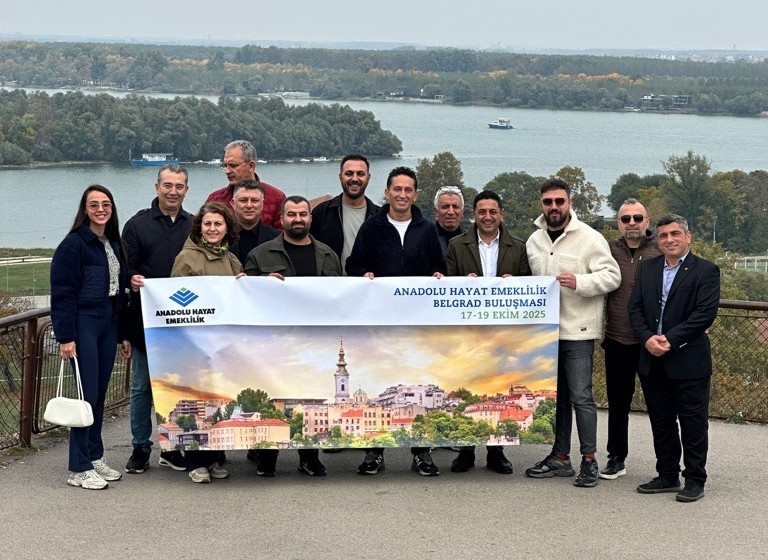
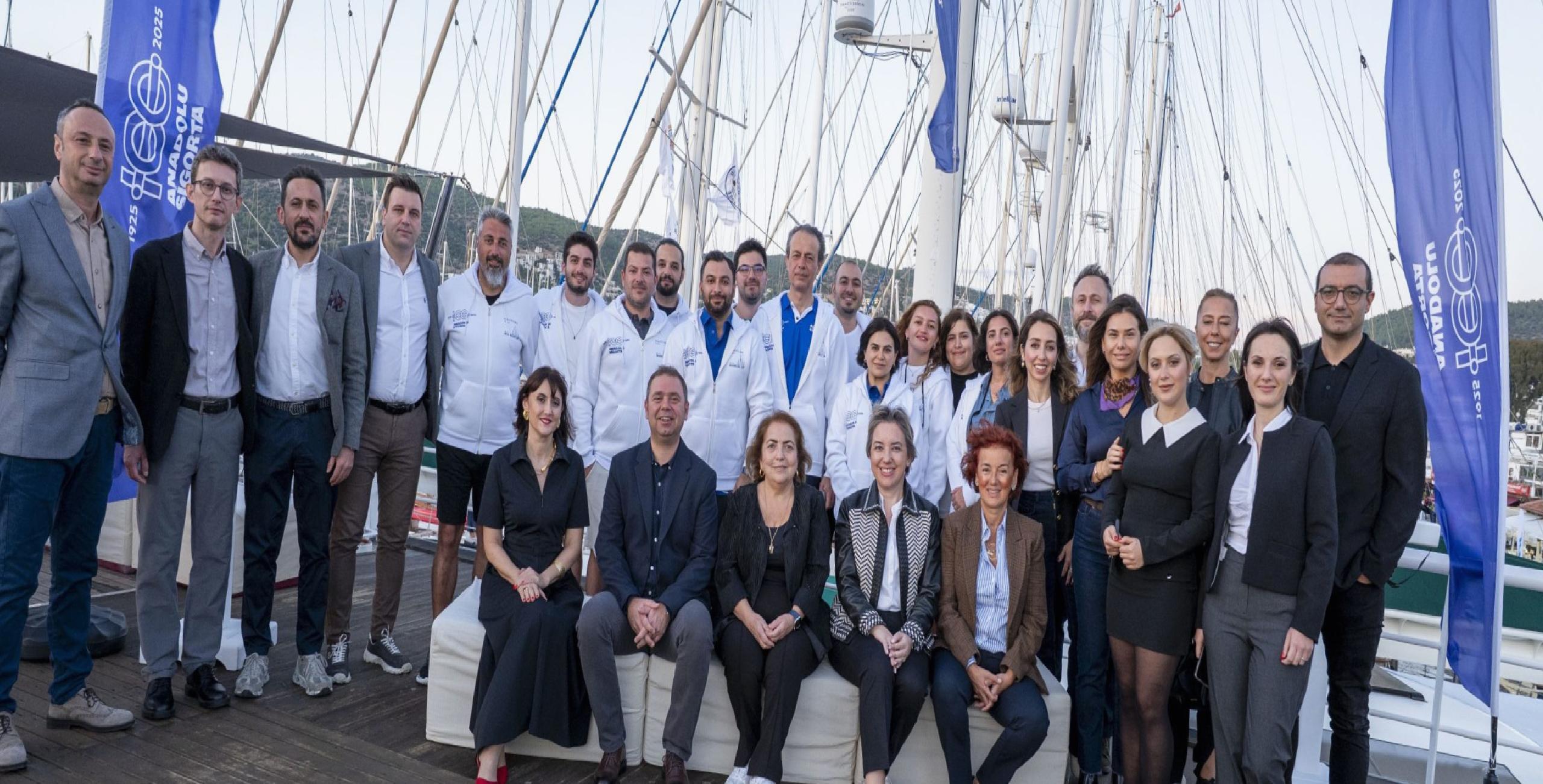


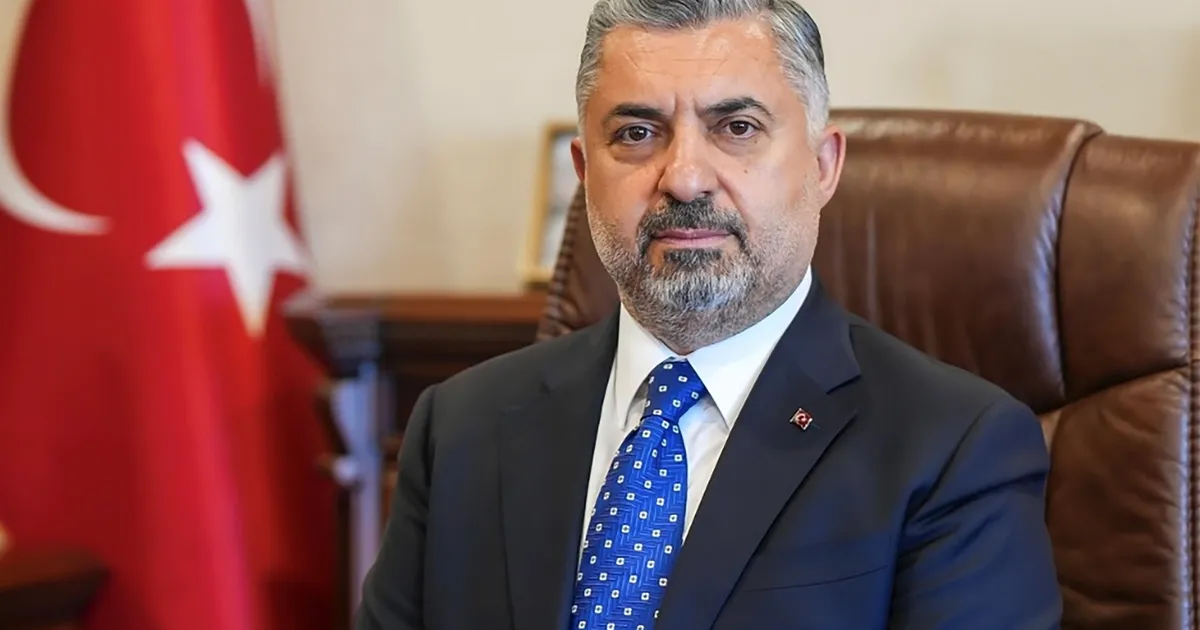

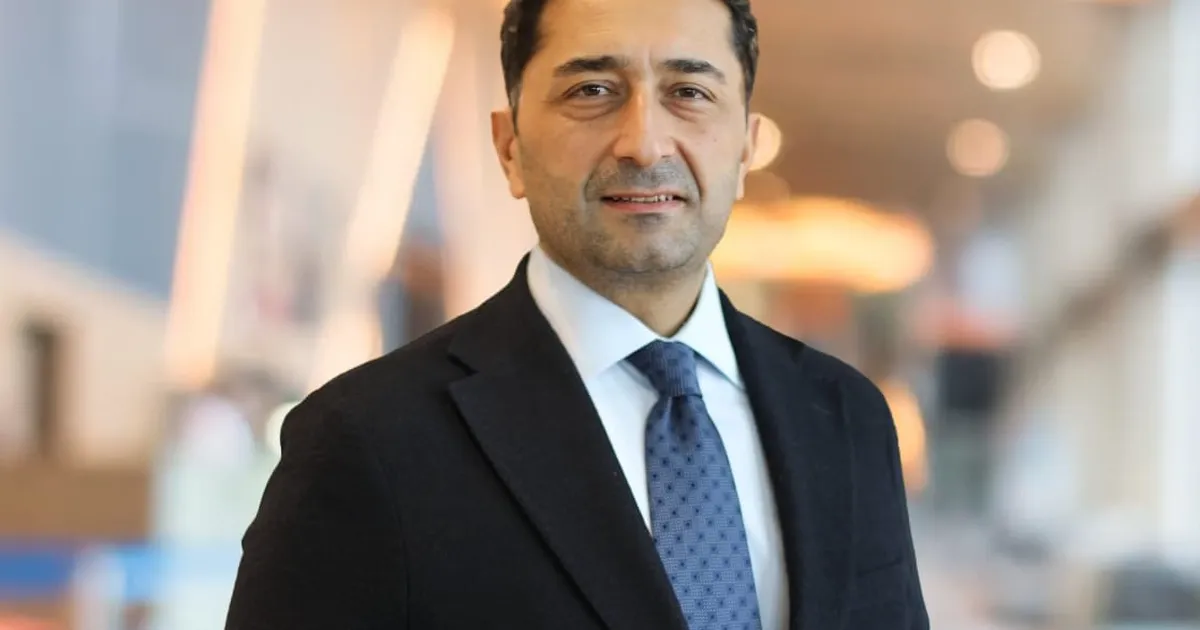


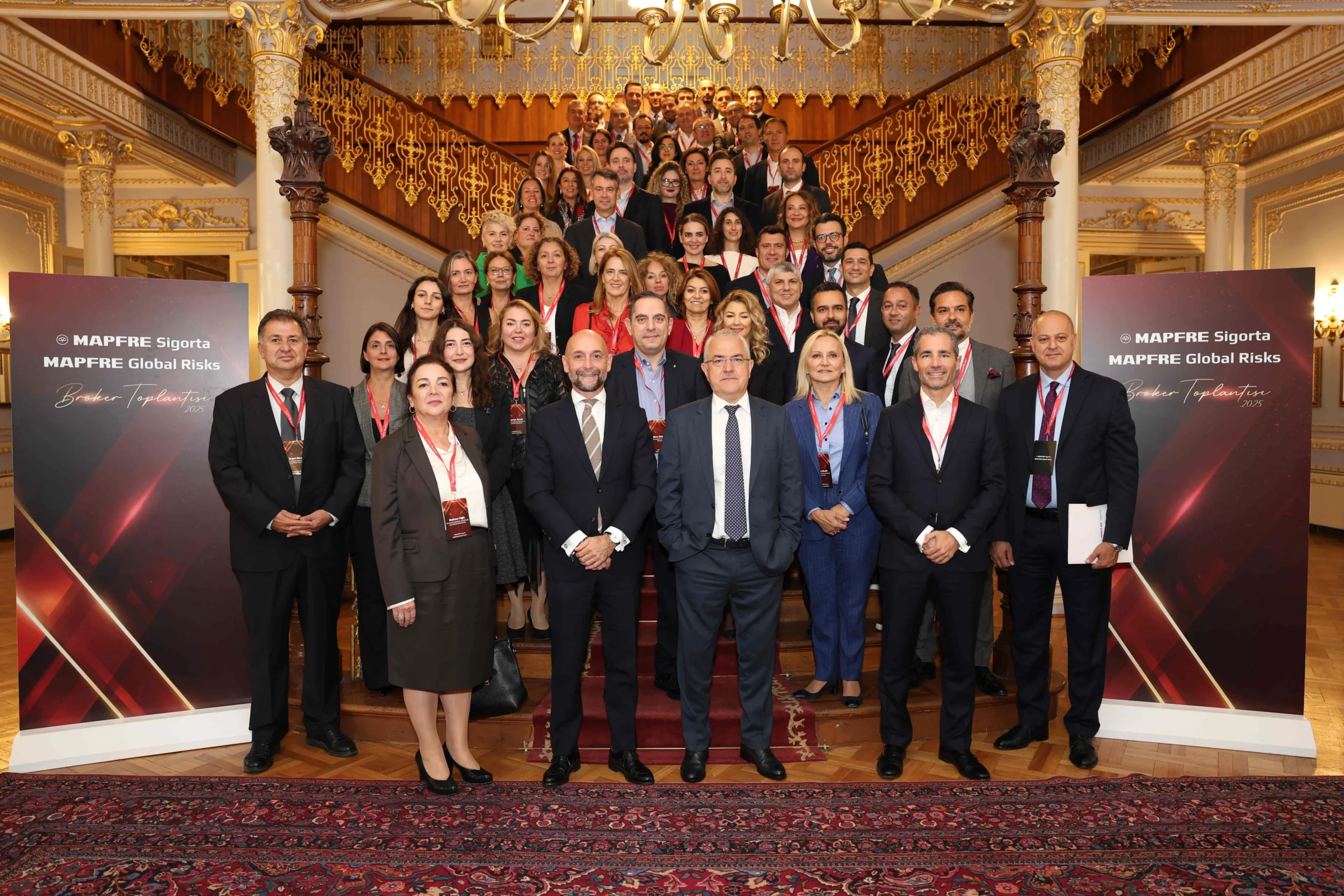



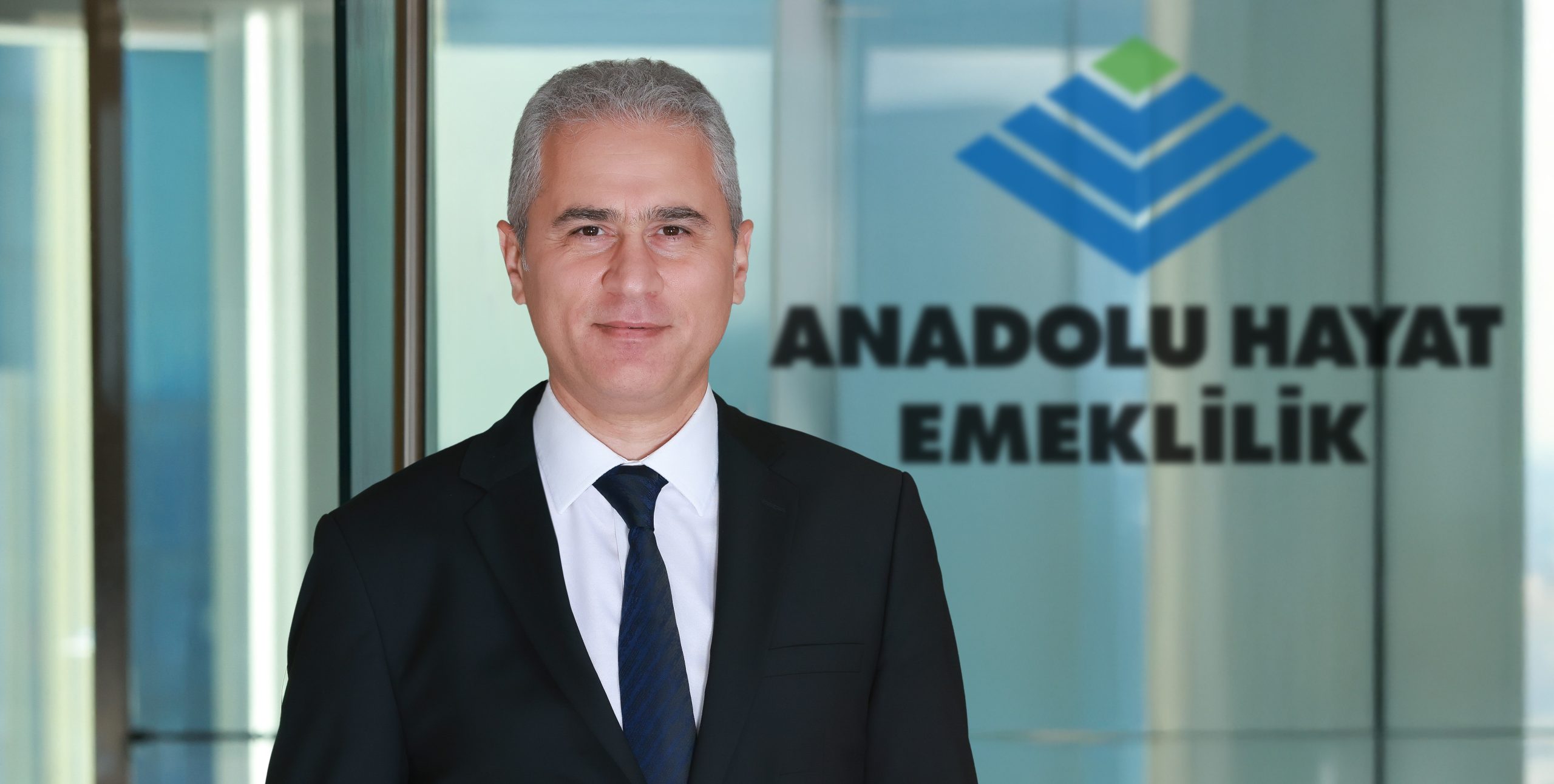

Sigortahaber.com, sigorta sektöründeki en güncel haberleri, analizleri ve gelişmeleri tarafsız bir bakış açısıyla sunan bağımsız bir haber platformudur. Sigorta profesyonellerine, acentelere ve sektöre ilgi duyan herkese doğru, hızlı ve güvenilir bilgi sağlamayı amaçlıyoruz. Sigortacılıktaki yenilikleri, mevzuat değişikliklerini ve sektör trendlerini yakından takip ederek, okuyucularımıza kapsamlı bir bilgi kaynağı sunuyoruz.
Yorum Yap